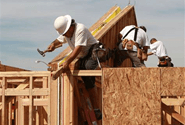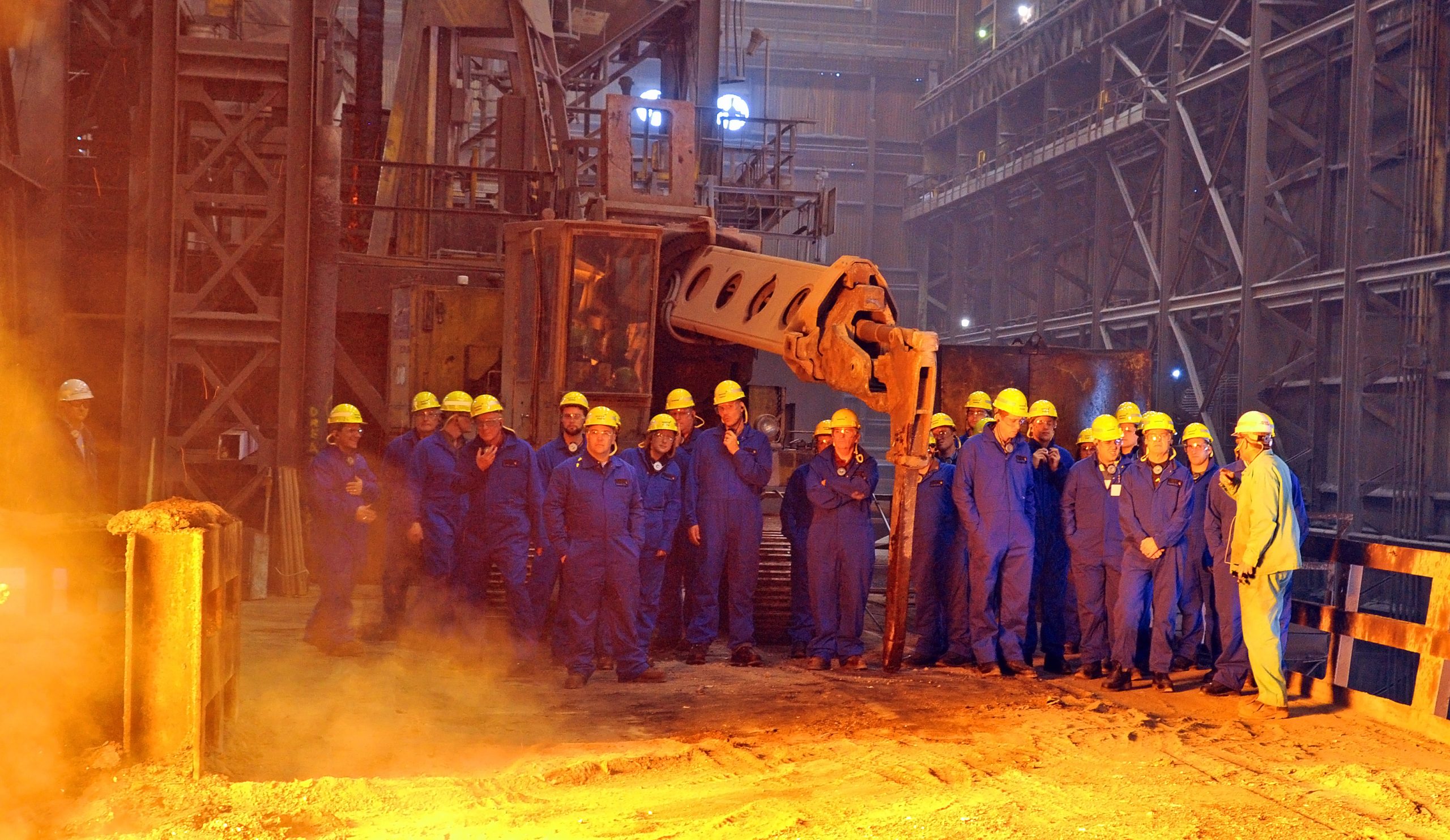Analysis

June 16, 2022
NAHB: Housing Starts Fell in May
Written by David Schollaert
Housing starts tumbled in May as the construction sector faces strong headwinds. Rising interest rates, ongoing building material supply chain troubles, and ballooning construction costs further delayed construction projects and raise home building costs.
Overall housing starts fell 14.4% to a seasonally adjusted annual rate of 1.55 million units in May from an upwardly revised reading the prior month, according to the latest data from the US Census Bureau and the Department of Housing and Urban Development.
The May reading of 1.55 million starts – indicating the number of housing units builders would begin if development kept this pace for the next 12 month – was driven by a 23.7% drop in the multifamily sector to an annualized 498,000 pace. Single-family starts fell 9.2% to a 1.05 million seasonally adjusted annual rate.
“Single-family home building is slowing as the impacts of higher interest rates reduce housing affordability,” said Jerry Konter, NAHB’s chairman and a home builder and developer in Savannah, Ga. “Moreover, construction costs continue to rise, with residential construction materials up 19% from a year ago. As the market weakens due to cyclical factors, the long-term housing deficit will persist and continue to frustrate prospective renters and home buyers.”
On a regional year-to-date basis, however, combined single-family and multifamily starts are 2.1% higher in the Northeast, 1.2% higher in the Midwest, 12.9% higher in the South, and 4.3% higher in the West.
“In further signs that the housing market is weakening, single-family permits are down 2.5% on a year-to-date basis and home builder confidence has declined for the last six months,” NAHB chief economist Robert Dietz said. “Due to the acceleration in construction activity in recent quarters, housing completions are rising. Single-family completions were up 8.5% in May 2022 compared to May 2021 as inventories rise.”
Overall permits tumbled 7% to a 1.70-million-unit annualized rate in May. Single-family permits fell by 5.5% to a 1.05-million-unit rate. This is the lowest pace for single-family permits since July 2020. Multifamily permits decreased 9.4% to an annualized 647,000 pace.
Compared to the previous year, regional permit data shows that permits are 8.3% lower in the Northeast, 5.2% higher in the Midwest, 4.6% higher in the South, and 1.6% higher in the West.
There are now 148,900 single-family permits authorized but not yet started, a 3.0% year-over-year gain because of higher construction costs and material delays slowing previously permitted projects.
By David Schollaert, David@SteelMarketUpdate.com







